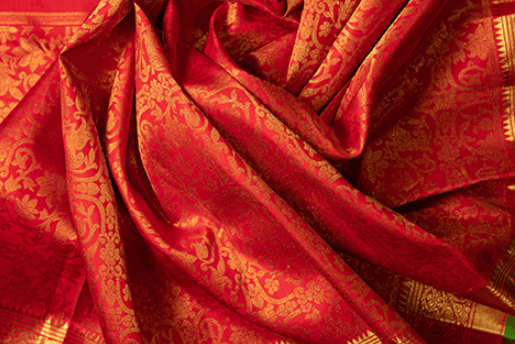Embibe Experts Solutions for Chapter: Fibre to Fabric, Exercise 1: Exercise
Embibe Experts Science Solutions for Exercise - Embibe Experts Solutions for Chapter: Fibre to Fabric, Exercise 1: Exercise
Attempt the free practice questions on Chapter 3: Fibre to Fabric, Exercise 1: Exercise with hints and solutions to strengthen your understanding. THINK ABOVE AND BEYOND SCIENCE PRACTICE BOOKS solutions are prepared by Experienced Embibe Experts.
Questions from Embibe Experts Solutions for Chapter: Fibre to Fabric, Exercise 1: Exercise with Hints & Solutions
Rida found that the material that is used to make her fridge cover does not soak tea when it sometimes spills on it. It remained lustrous for a year as her mother washed it and used it many times. The material needed little effort to clean and looks like a newly grasped from the market. But when she looked at her cotton dress which she bought three months back is now faded. She discussed the differences observed with her mother, on which she told Rida that the fridge cover is a polyester material.

Next month Rida has to go on a school trip to Cherrapunji. She wanted a customised tarpaulin (tent) for trekking. Will polyester be an appropriate choice for designing tarpaulin? Provide reasons to justify your answer.
In a village near Varanasi, Kavya visited a textile industry where silk is woven for mass production. She saw workers intricately picking up yarns and manually weaving by moving the shuttle from left to right. She was amazed to see the tedious task that took a very long time to weave only a meter of fabric. These workers were using hand-loom.
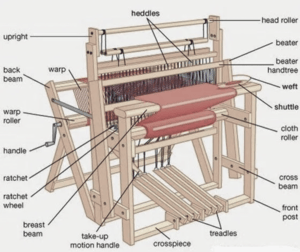
Secondly, she visited a silk industry which was in the heart of the city installed with many power looms in a large room, and it required very less human effort. Its production capacity was far greater than the hand-looms.
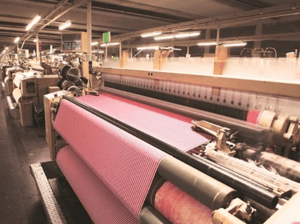
What are the reasons that power looms are not adequately installed in villages?
Jute is a natural fibre extracted from the stem of some species of plants. It is one of the cheapest natural fibres. It is a long, soft, shiny plant fibre spun into coarse, strong threads. Jute is the second-most used fibre after cotton. Jute is used to make clothes too nowadays. There are shirts, sarees, dresses and even handbags made of jute. Jute is no longer only used to make gunny bags and ropes.
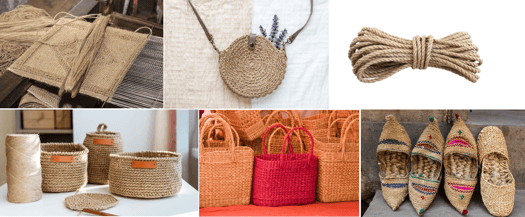
From the above understanding answer the following questions:
1. The jute plant does not need pesticides and fertilisers to grow well. Does this make jute expensive or inexpensive? Why?
2. Jute is a fibre that does not pollute the environment. In what way is this an advantage?
Once Raksha visited a tailor shop, and brought home some cuttings of fabric to study their properties. She took two pieces and found that one of the pieces shrinks when it is burnt with a candle. However, the other did not shrink on burning. Can you help her find out which of the two pieces of fabric was a cotton fabric, and which is a silk fabric?

Student Manish resides in the centre of the city. He enjoys wearing denim pants and shopping. He discovered one image at a museum depicting an ancient man draped in unusual clothing. He was startled because he had never seen such clothing in the shopping malls he goes to. He enquired to his father, "Where can I find that kind of dress?" It is a portrait of an ancient man, his father replied. We won't wear that style of clothing.
a) What types of clothes were used to wear in the ancient era?
b) Why in the olden days, people simply draped fabrics to cover their bodies?

Manav studies in class . He travelled to see his grandmother during the summer break. He asked his grandmother one day for a decent recipe as she was preparing dinner. Grandma declined his offer to assist her in the open kitchen. She claimed that he was dressed in a nylon shirt, which is not appropriate for someone who is working close to a fire. He was given a cotton shirt, and she let him assist her in the outdoor kitchen. Manav learned to prepare a variety of foods and was ecstatic.
Based on the information answer the following question:
a) Why did grandmother refuse Manav at first?
b) Why it is safe to wear cotton dresses in the kitchen?
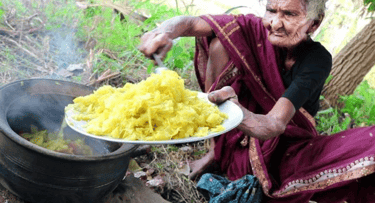
On Sundays Sonali's mom do the laundry and hang the clothes in the balcony for drying up.
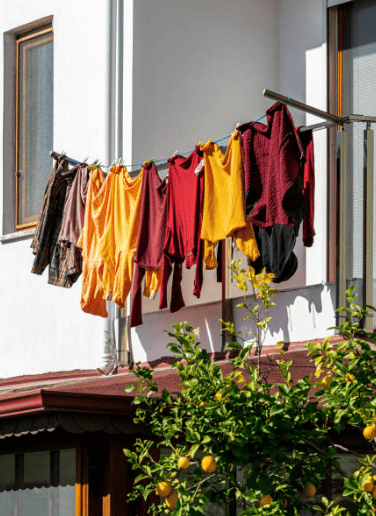
After hour of hanging the clothes for drying, Sonali's mom asked her to check on the clothes in the balcony. Since her mom washed all the clothes together, she found that her birthday dress which is made up of rayon has dried but her school uniform which is made up of cotton is not yet dried. Why?
Sara went to market with her mother to buy a saree. They saw various sarees with different fibres, textures and colours.
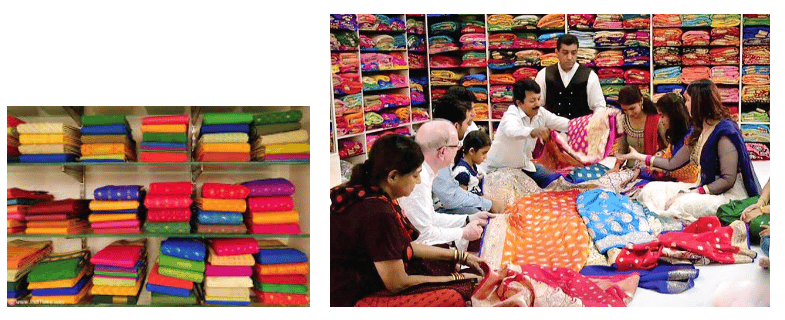
Sara found a saree with a very shiny and smooth texture. The shopkeeper said that it is made of a fibre, called 'queen fibre'. What could be that fabric? How is this fibre produced?
